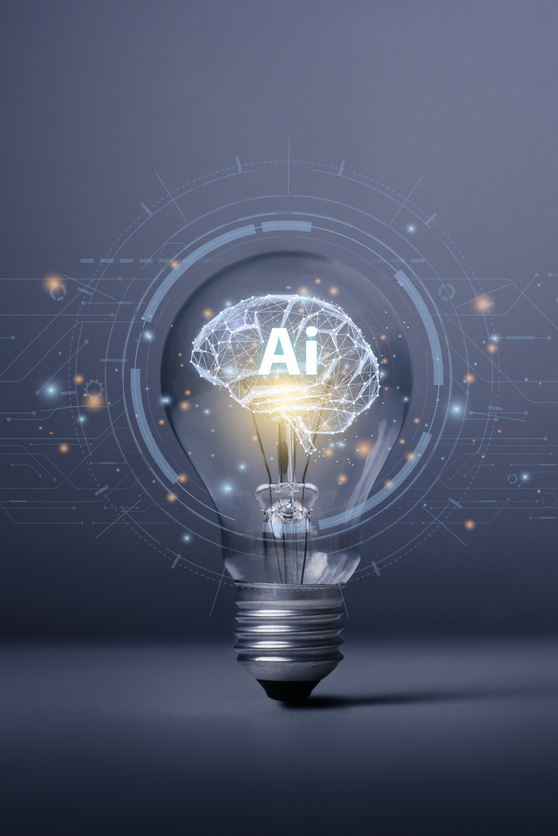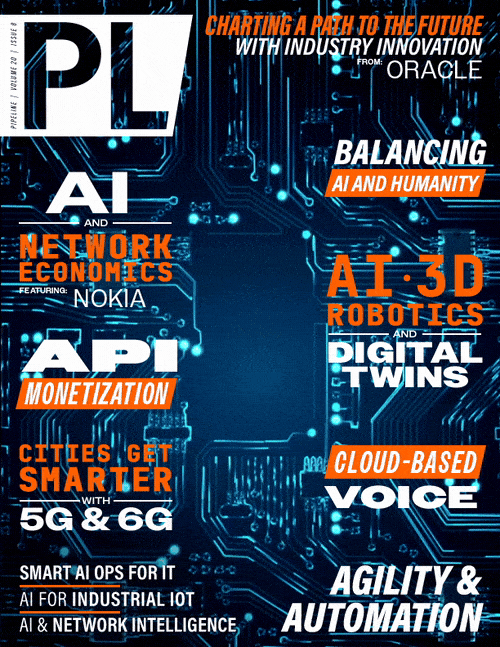Powerful Applications of AI and IIoT
By: William Dykas

Industry 4.0 and the technologies that characterize it should not operate in isolation. Artificial intelligence (AI) and the Industrial Internet of Things (IIoT), for example, are two technologies that when working in confluence with each other empower companies in the industrial sector to realize new levels of innovation, efficiency and productivity.
Incorporating AI into IIoT will enhance product quality, elevating the overall standard of manufactured goods and strengthening competitive edge through greater customer satisfaction. Simultaneously, these technologies can help companies minimize errors and reduce waste, improving safety and sustainability efforts. This article will explore the advanced use cases AI and IIoT can support, namely data-driven decision-making, predictive maintenance, and visual inspection.
Data-driven Decision-Making
Data is the lifeblood of AI. The more high-quality data AI has access to, the more efficient and accurate it becomes. At the same time, IIoT solutions, with their sensors and connected machines, produce mountains of raw data. This data is stored in a cloud environment, where companies can leverage AI to extract valuable insights, patterns, and correlations. AI and IIoT's relationship is much like the brain's relationship with the nervous system. In this comparison, the nervous system (IIoT devices) collects sensory data from its environment and relays it to the brain (AI) to interpret that information.
There are two categories of IIoT data: data about the device and data generated by the device. The former category involves data concerning the health, safety, location, and maintenance status of an IIoT device. If the device is a battery-powered sensor in the field, operators need to know the state of the device’s power level. The latter category might include the data generated by a temperature sensor installed inside a refrigerated vegetable truck. These sensors will send data if the truck’s internal temperature drops below a certain threshold. In this case, operators can leverage AI to automatically send an alert to operators if IIoT data indicates an irregular temperature pattern.
IIoT data holds enormous potential, and AI has the power to unlock that potential. AI can sift through oceans of IIoT-generated data at unprecedented speeds in real time, identifying trends and patterns hidden to humans. These insights will enrich human decision-making capabilities, helping companies open new revenue streams, optimize processes for increased productivity, and identify areas of improvement. And because AI can process vast amounts of IIoT data in real-time, operations can make decisions quickly, reducing costs and preventing disasters. Likewise, AI allows businesses to use historic IIoT data for comprehensive projections and trend analysis.
However, for companies to take advantage of AI-powered analytics, they must incorporate the various elements of data orchestration. For example, rationalization is critical in cellular environments. An IIoT device should only send a reading when there is an anomaly rather than continuously because it wastes cellular data plans. Event stream processing is vital to helping operators spot and react to crossed thresholds or matched statistical patterns. Normalization aids the user in ingesting the data coming into the analytics platform. Similarly, visualization involves transforming those analytic results into dashboards or other imagining techniques that streamline trend analysis and decision-making for humans.
Enhanced Predictive Maintenance
Recall that AI can analyze IIoT data in real-time and notify personnel if the data variable passes an established threshold. While humans set the conditions for these alerts, AI eliminates the time-consuming hassle of having an employee manually monitor different machines or systems for anomalies. This process is known as real-time monitoring. By having AI automatically probe IIoT data generated from machines or product lines, companies can proactively resolve operational issues, resulting in reduced downtime and improved product quality. Subsequently, AI-driven threshold analysis and real-time monitoring of IIoT data enable predictive maintenance.
In the past, companies would perform maintenance reactively when something broke or preventatively based on projections of when something was due for repairs. Today, with the union of AI and IIoT technologies, connected machines and assets can predict the most ideal and non-disruptive time to initiate maintenance, maximizing uptime and extending the lifetime of assets. According to a report from Siemens, the average cost of downtime among large plants in 2022 was $172 million per plant annually. Thankfully, with predictive maintenance supported by IIoT and AI, companies avoid costly operational disruptions and reduce machine failures, decreasing wasteful scrap for improved sustainability.



















